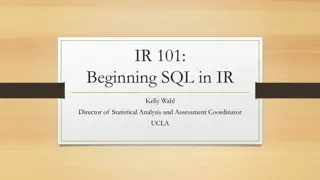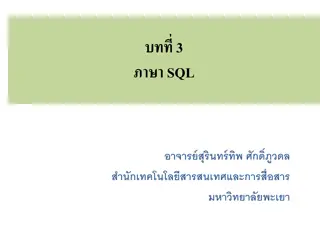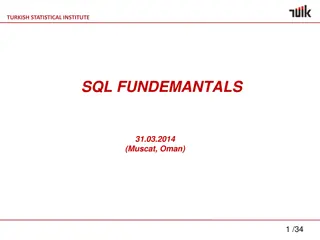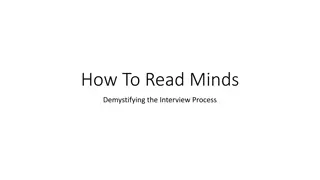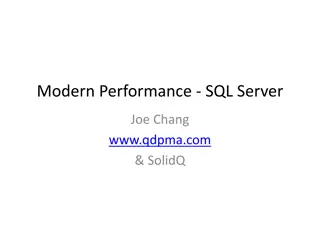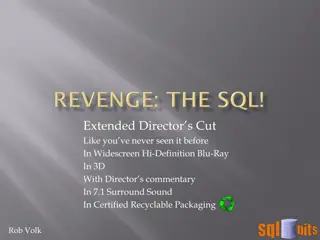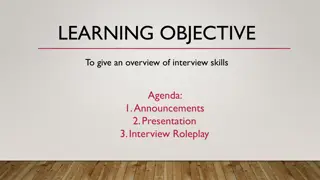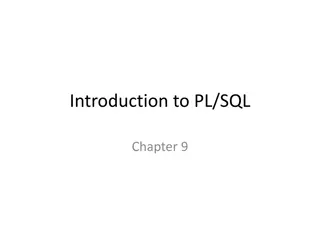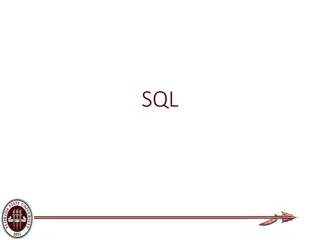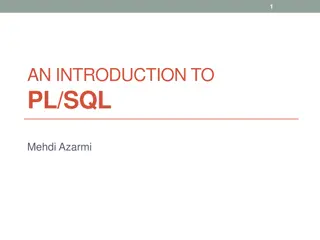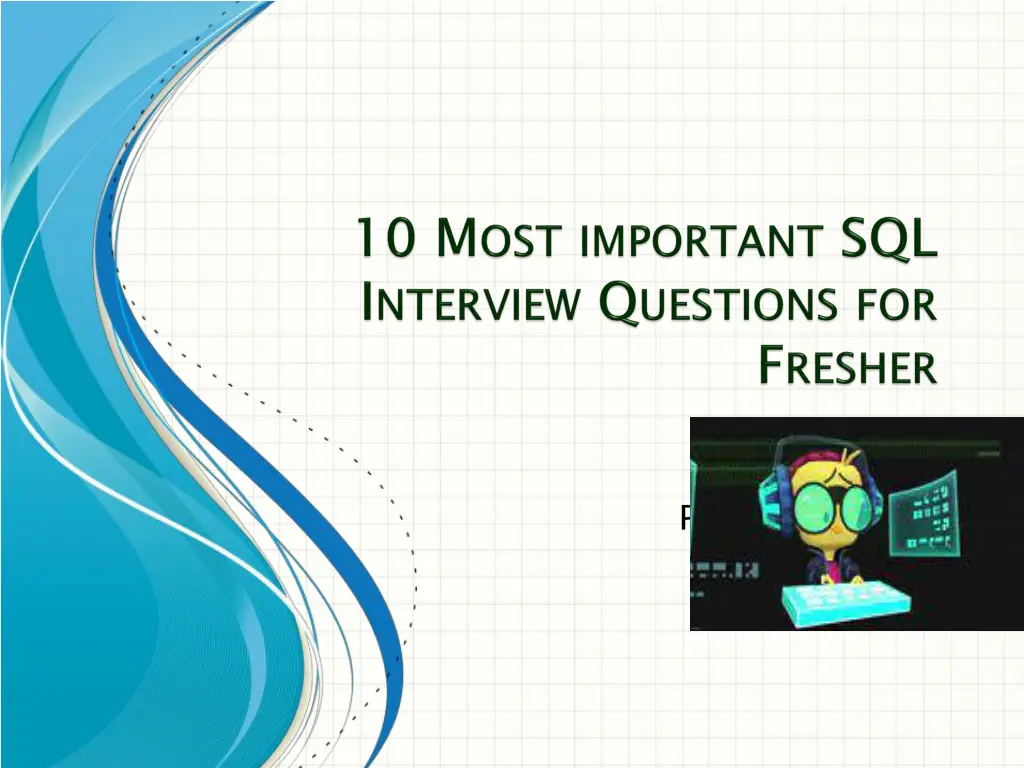
Mastering SQL: Key Concepts and Techniques for Database Management
Explore the world of SQL - a powerful programming language for managing and manipulating relational databases. Learn about essential commands like SELECT, INSERT, UPDATE, DELETE, CREATE, ALTER, and DROP. Discover the differences between SQL and MySQL, how to handle duplicate records, leverage subqueries effectively, utilize indexing for query performance, and understand the significance of primary and foreign keys.
Download Presentation

Please find below an Image/Link to download the presentation.
The content on the website is provided AS IS for your information and personal use only. It may not be sold, licensed, or shared on other websites without obtaining consent from the author. If you encounter any issues during the download, it is possible that the publisher has removed the file from their server.
You are allowed to download the files provided on this website for personal or commercial use, subject to the condition that they are used lawfully. All files are the property of their respective owners.
The content on the website is provided AS IS for your information and personal use only. It may not be sold, licensed, or shared on other websites without obtaining consent from the author.
E N D
Presentation Transcript
Presenter Name Presentation Date
SQL (Structured Query Language) is a programming language used to manage and manipulate relational databases Structured Query Language Structured Query Language IT Certifications Guru Powered by complexsql.com 2
Answer: SELECT: Retrieves data from a database. INSERT: Inserts new data into a database. UPDATE: Modifies existing data in a database. DELETE: Removes data from a database. CREATE: Creates a new database table, view, or other objects. ALTER: Modifies the structure of a database table or object. DROP: Deletes a database table, view, or object. IT Certifications Guru Powered by complexsql.com 3
SQL is a language used to manage relational databases, while MySQL is a specific relational database management system (RDBMS) that uses SQL as its language. IT Certifications Guru Powered by complexsql.com 4
To handle duplicate records, you can use the DISTINCT keyword to retrieve unique values from a column or use the GROUP BY clause to consolidate and perform calculations on duplicate records. IT Certifications Guru Powered by complexsql.com 5
A subquery is a query embedded within another query. It allows you to use the result of one query as a condition or value in another query. IT Certifications Guru Powered by complexsql.com 6
Indexing is a technique used to improve the performance of database queries by creating a data structure (index) that allows for faster data retrieval. It stores a sorted copy of the data based on one or more columns, enabling efficient searching. IT Certifications Guru Powered by complexsql.com 7
A primary key is a column or set of columns that uniquely identifies each row in a table, while a foreign key establishes a relationship between tables by referring to the primary key of another table. IT Certifications Guru Powered by complexsql.com 8
Normalization is the process of organizing data in a database to reduce redundancy and dependency issues. It involves breaking down a large table into smaller, related tables and establishing relationships using primary and foreign keys. IT Certifications Guru Powered by complexsql.com 9
The WHERE clause is used to filter rows based on conditions in a query, while the HAVING clause is used to filter rows based on conditions in a GROUP BY statement. IT Certifications Guru Powered by complexsql.com 10
RDBMS anagement S ystem. RDBMS is for SQL like MS SQL and Microsoft Access. A Relational database management system (RDBMS management system (DBMS) that is is based on the relational model as introduced by E. F. Codd RDBMS stands for R elational D ata B ase M RDBMS is the basis SQL, and for all modern database systems SQL Server, IBM DB2, Oracle, MySQL, RDBMS) is is a database IT Certifications Guru Powered by complexsql.com 11


